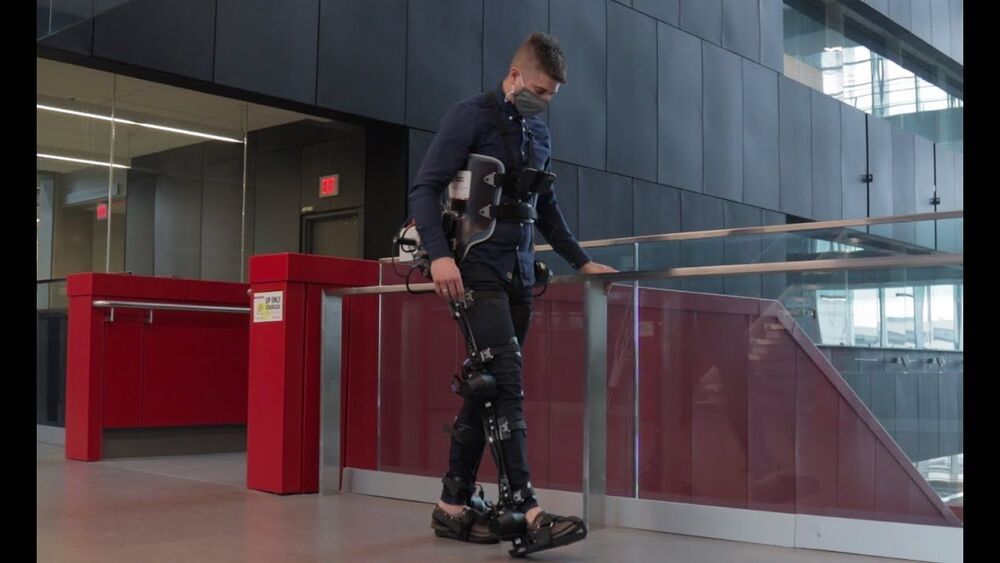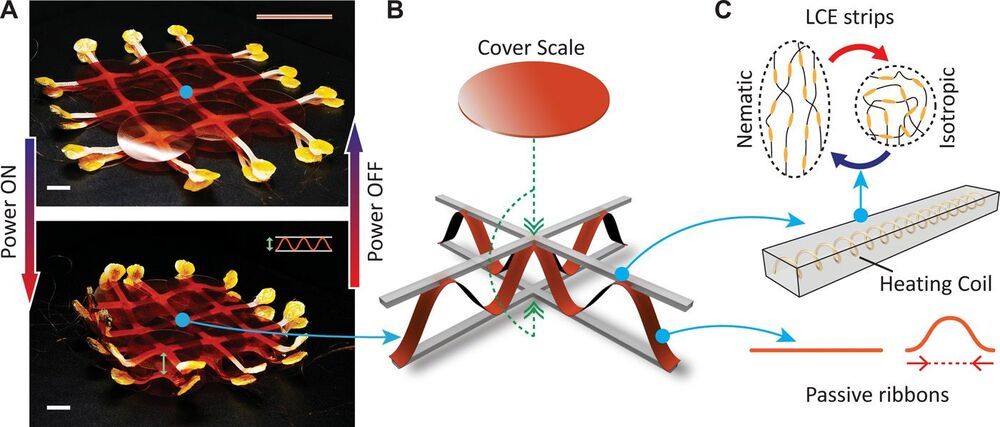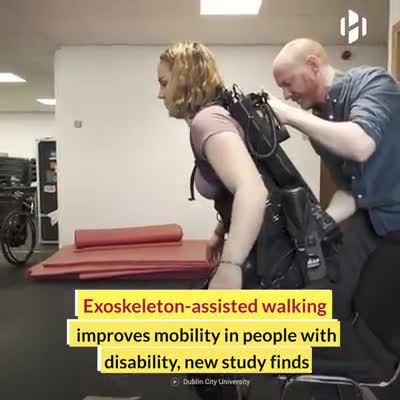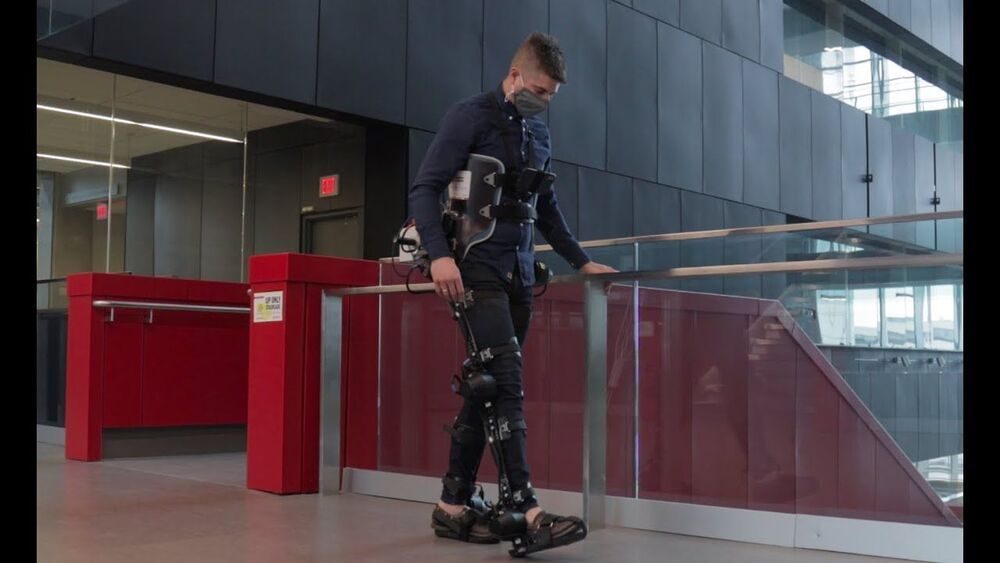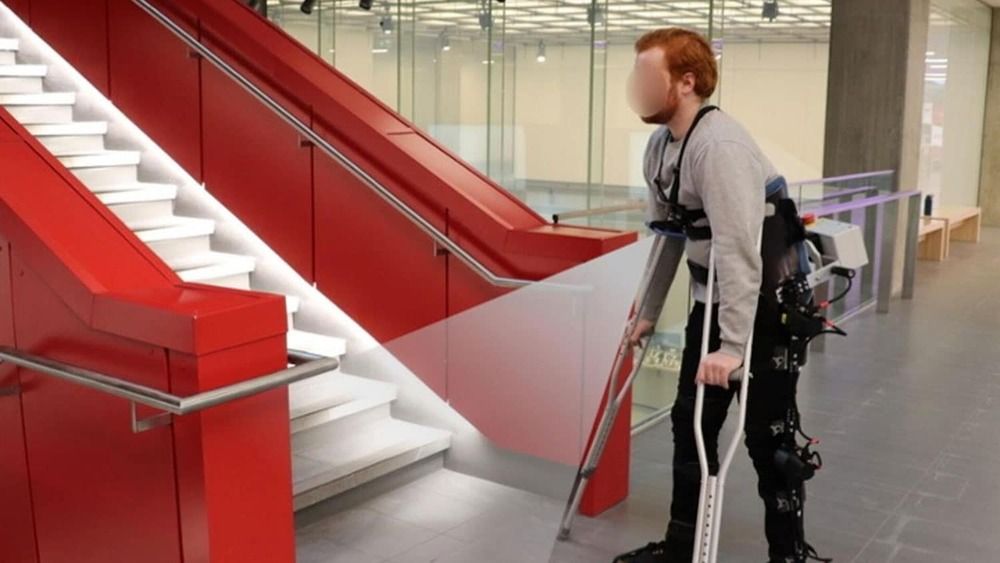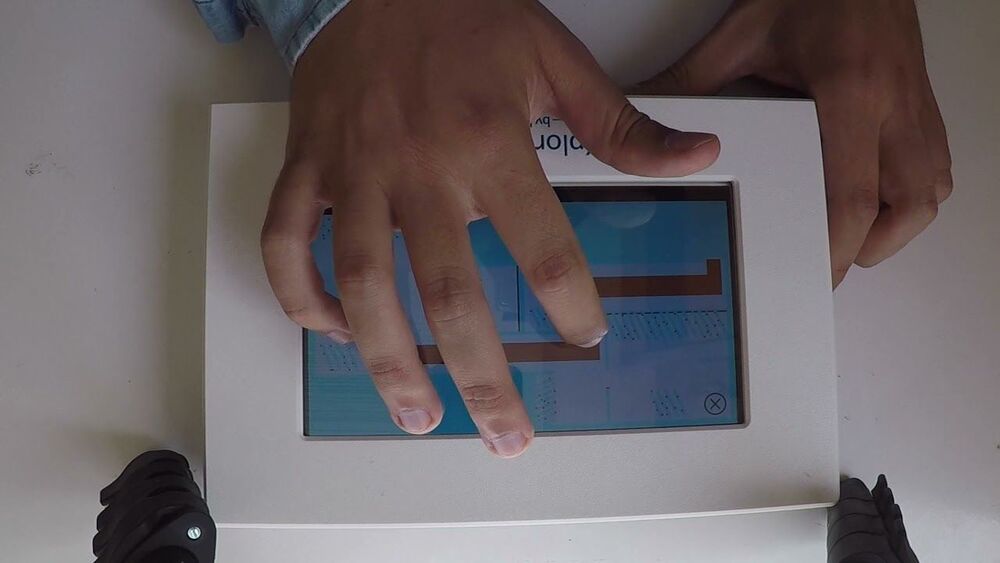Here is my inspiration source: https://curiositystream.com/AlexLab.
Use promo code AlexLab to get annual access just for 15$
Please, comment on what else Curiosity Stream episodes you liked.
Cosmos Elementary https://youtube.com/channel/UCBTUsDJaEqU-1rWBW1F0oog.
ABOUT VIDEO
We continue to build a Real Iron Man suit! In this part we make a leg exosuit part, hydrogen artificial muscles, and learn how to command them with EMG sensors.
Metal stuff, muscles, brains and night workshop aesthetic)
Like, subscribe, and share this video with your friends!
Your support is important to the success of the project.
ALEX LAB BLUEPRINTS
PDF step-by-step DIY guides are available for channel members in the Community tab.
Join the team right now! http://youtube.com/alexlab/join.
If YouTube Membership is not available in your country, you can get PDF blueprints on Patreon.
https://www.patreon.com/alex_lab.
FOLLOW ALEX LAB:
https://www.instagram.com/alex_burkan/
ALEX, WHERE TO START?
Example of my EMG sensors https://www.chipdip.ru/product/grove-emg-detector.
Muscles cover https://www.chipdip.ru/product/iproflex-15pet-12-red.
Frederic DeLavier «Strength Training Anatomy» https://www.amazon.com/Strength-Training-Anatomy-Frederic-Delavier/dp/0736092269
Iron Man hydrogen reactor — How it is made: https://youtu.be/FDVrM929s70
Iron Man hydrogen pneumatic muscles — How it is made: https://youtu.be/07oVoABYr10
Thanks Jan Hamernik for Iron Man 3D model : https://jan-hamernik.com/e-shop/Mark-2-Suit-Cycles.
Thanks, Dario Fernandez for awesome lightning footage https://www.pexels.com/video/thunderstorm-at-night-6877513/

